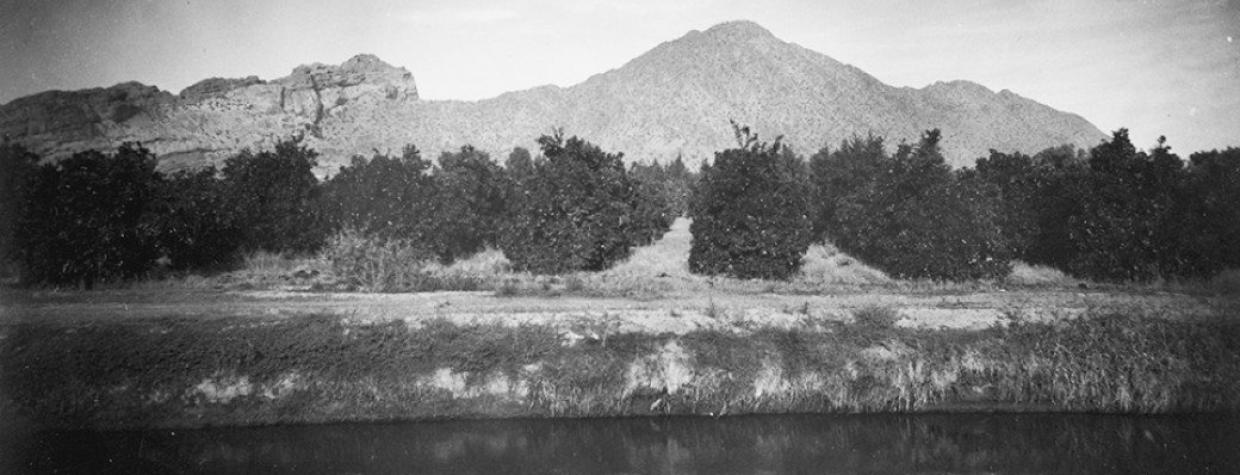It's something we take for granted every time we food shop — piles of citrus fruit waiting to be plucked from produce departments. But there was a time when citrus was more than just supermarket flotsam. Citrus was king. It was the driving force behind the state's economy, and one of Arizona's Five C's, ranking right up there with cotton, copper, cattle and climate.
Citrus arrived in Arizona in the 18th century, courtesy of Spanish settlers, but it wasn't until the 1920s and 1930s that it became a leading cash crop. In 1935, more than 1.2 million boxes of grapefruits were produced in the state, and according to the U.S. Department of Agriculture, grapefruits reigned supreme until about 1942.
Citrus crops were initially limited to Maricopa and Yuma counties because of good climate (Arizona's fifth C), and by 1939, grapefruits occupied some 13,800 acres of land. Oranges came in second, with 7,300 acres. Lemons and tangerines have since trumped grapefruits and oranges as the state's leading citrus products. However, tangerines still rank third in the United States. Grapefruits and oranges rank fourth behind Florida, California and Texas, but the production output is so low, the USDA no longer accounts for the number of grapefruits and oranges produced in Arizona.
Today, the industry is more challenging for growers, largely because of urban encroachment, cost, pests and competition. To put that in perspective, in 1985 there were about 12 packing facilities in the Phoenix area; today, there are none. The last packing facility was located in Mesa, but it closed in 2010. Now, most Arizona-grown citrus is hauled to Yuma and packed there.

